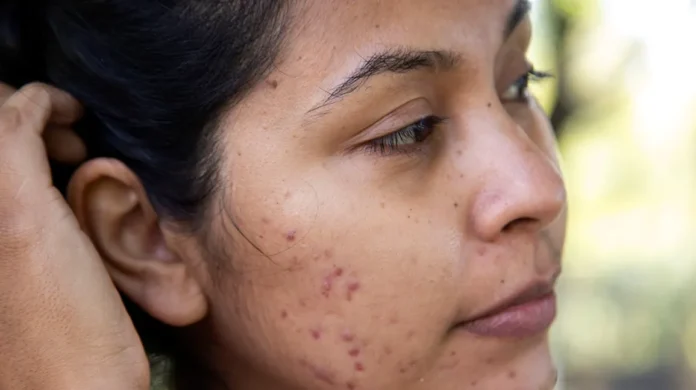
As if peppering the face with reddish bumps is not embarrassing enough, acne sometimes goes on to make sure you never forget about your horrible ordeal by leaving acne scars on your face. Scars, like active acne, can put a psychological effect on people who have them. An individual’s confidence or self-esteem is usually placed on the line.
Acne scar treatments in Singapore are one of the most sought after services in aesthetic clinics. This article gives you the scoop about acne scars and how to effectively treat them. Read on.
Table of Contents
Acne scars: what exactly are they and how do they occur?
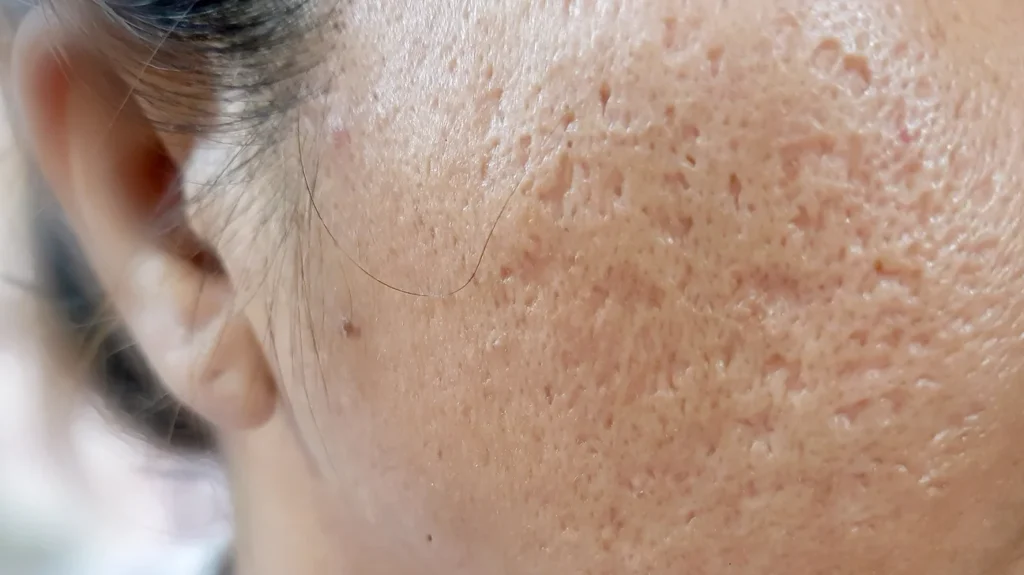
Acne scars can be identified as permanent depressions or protrusions on the skin following a case of severe acne. The scars appear due to the body’s failure to control collagen production while the inflammation heals. Too little collagen produced results in sunken scars, while too much causes excess skin that bulges out on top of the surface of the skin.
Before tackling erasing acne scars from your skin (and life!) for good, it is essential that you know exactly what type you are dealing with as there are a variety of treatments available and, unfortunately, there isn’t a “one size fits all” solution just yet.
What are the different types of acne scars?
There are two main types of acne scars:
- Atrophic scars
- Hypertrophic scars
Atrophic scars. These are the most common scars that occur on the face. Atrophic scars are characterised by a skin depression or indentation that forms beneath the surrounding skin. This type of acne scars have three types:
- Boxcar — This type of atrophic scar is identified by a wide, U-shaped depression in the skin with edges that are sharp. Boxcar scars may either be deep or shallow.
- Ice pick — This type of atrophic scar is defined by a narrow circular opening with a V-tip that goes into the depths of the skin.
- Rolling —This type of atrophic scar is characterised by indentations that are wide and rounded edges.
Hypertrophic scars. Otherwise known as raised acne scars, this type of acne scars are usually found on the back and chest. These scars are raised, thick, and firm to the touch. The scars grow within the bounds of the original wound on the skin.
In addition to scars, your acne may also leave marks or spots that are brown, grey, or red in colour after your blemishes heal. The brown or grey spots are called Post-inflammatory hyperpigmentation (PIH) and the red flat marks are called Post-inflammatory Erythema.
How are acne scars diagnosed?
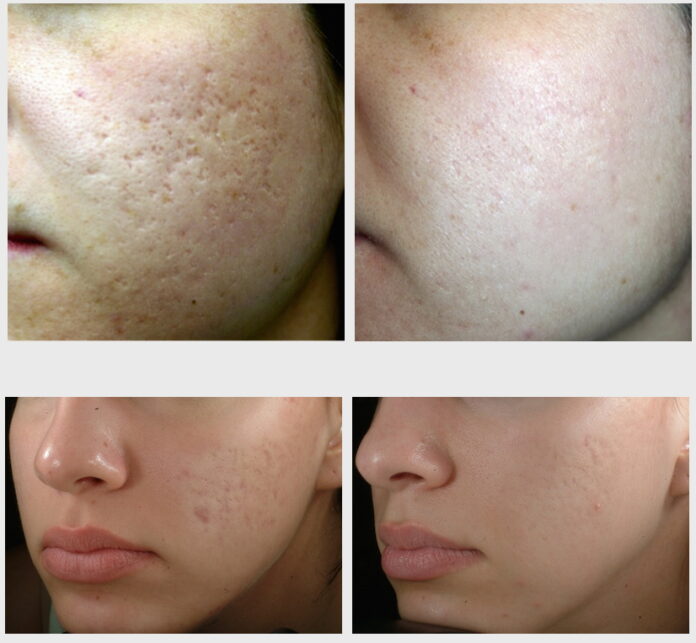
Diagnosing acne scars is done by a dermatologist. In general, scars caused by acne are diagnosed by a visual examination. Furthermore, your doctor may also measure or grade your scar to know how severe it is. There are several grading systems used for acne scars, such as:
- Acne Scar Rating Scale (ASRS)
- Global Scale for Acne Scar Severity (SCAR-S)
- Echelle d’Evaluation Clinique des Cicatrices d’acne (ECCA)
Your doctor will plan your treatment based on the types and severity of your acne scars.
What treatments are best for acne scarring?
There may be a lot of topical skincare products that claim to banish acne scars, but the truth is depressed acne scars are harder to treat by creams or serums that only penetrate the surface of the skin. Remember that acne scars are a result of the lack of collagen or an excess production of it.
Atrophic scars are best addressed with treatments that promote collagen production. Below are some products and procedures that can effectively reduce the appearance of acne scars and improve the surface level of the skin:
- CO2 Fractional Laser
- Rejuran S
- Subcision
CO2 Fractional Laser. The CO2 fractional laser is a powerful equipment that uses energy-charged carbon dioxide laser beams to resurface fresh skin by removing the damaged skin surface and stimulating collagen production. This procedure can benefit your skin by:
- Clearing of excessive skin pigmentation
- Minimising pore size
- Reducing acne scar appearance
- Rejuvenating skin to look younger
- Smoothing of fine lines and wrinkles
Rejuran S. This product is formulated to specifically treat scars caused by acne. Its active ingredient is Polynucleotides (PN), which is a DNA fragment that is sourced from salmon. Polynucleotides are biocompatible and safe to use in humans. When injected into the skin depression, the DNA fragments in Rejuran S helps the skin to heal and triggers the regeneration of collagen, which then augments and levels the skin to surface level.
Subcision. This procedure is done to depressed acne scars that are held down by fibrous bands/tethers in the skin. To release the indented skin, a fine needle is inserted into the skin to break the fibrous bands/tethers. The depression then becomes more elevated. Subcision is typically used in combination with dermal fillers, fractional laser procedure, or Rejuran S.
What are the steps involved in each treatment?
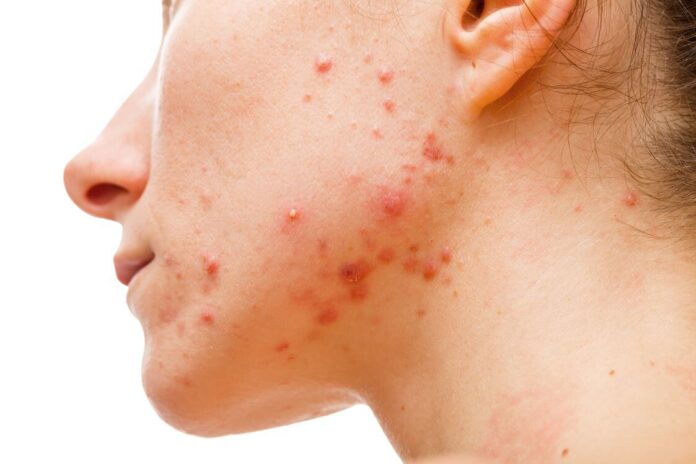
CO2 Fractional Laser Treatment
- Face is thoroughly cleansed and patient is asked to use laser safety glasses
- Numbing cream is applied to the target areas
- As soon as the effect of the numbing cream kicks, the laser session starts
- First, each individual acne scar is treated using a high powered laser setting
- Next, the rest of the face gets treated using a low powered laser setting to rejuvenate the skin and bring improvement to its texture
Rejuran S
- Oral medication to manage pain is given and topical numbing cream is applied to the target area to ensure that the patient does not feel any pain or discomfort during the procedure
- Using a tiny needle and injection, the right amount of Rejuran S is injected into the acne scars
- Patient may feel a tiny prick while the product is being administered, but the pain should be tolerable given the medication and numbing cream applied previously
- Small bumps will appear in the areas treated, but this can be addressed by gently massaging the skin over the next couple of days
Subcision
- Face is thoroughly cleansed and a numbing cream is applied to ease discomfort during the procedure
- A tiny needle is then inserted into the depressed scar and move in a “fanning” motion in order to cut the fibrous bands
- For subcision treatments combined with Rejuran S, the product is injected after the release of the fibrous bands
- For submission treatments combined with fractional laser, the procedure is performed after the release of the fibrous bands

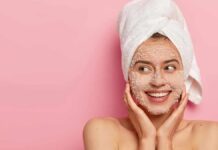
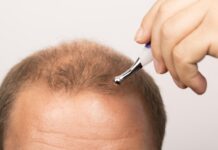
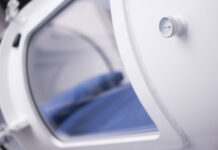
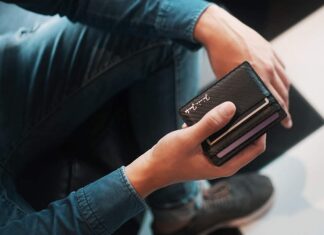

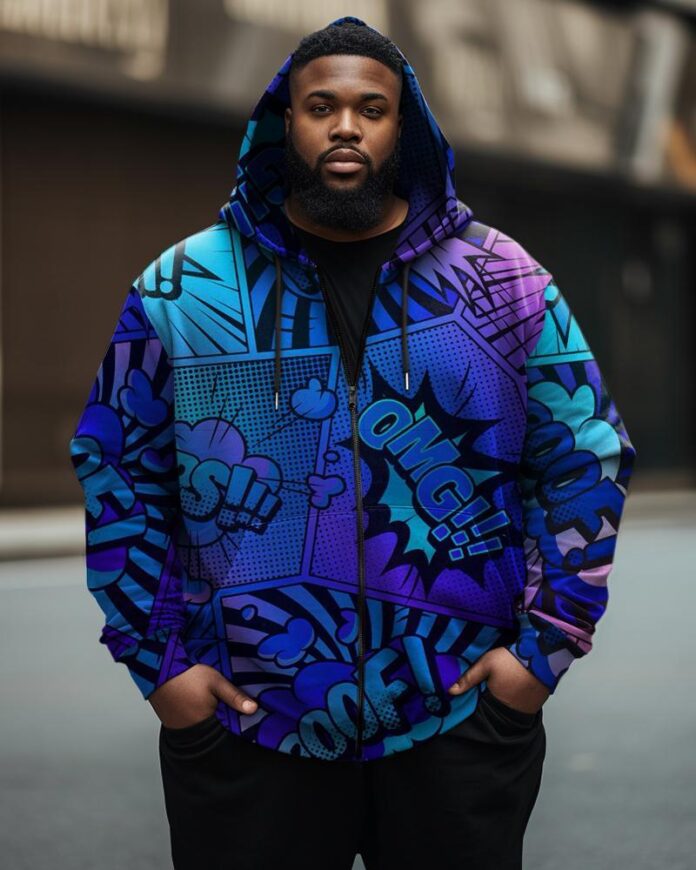








![16 Best Men’s Loafers 2023 [ BEST PREMIUM BRANDS ] best mens loafers](https://www.menshairstylesx.com/wp-content/uploads/2019/10/best-mens-loafers-1-100x70.jpg)
